The best point and shoot camera: easy to use cameras to fit every pocket
The best point and shoot camera needs to be small enough to fit a pocket, and affordable enough to be kind to it!
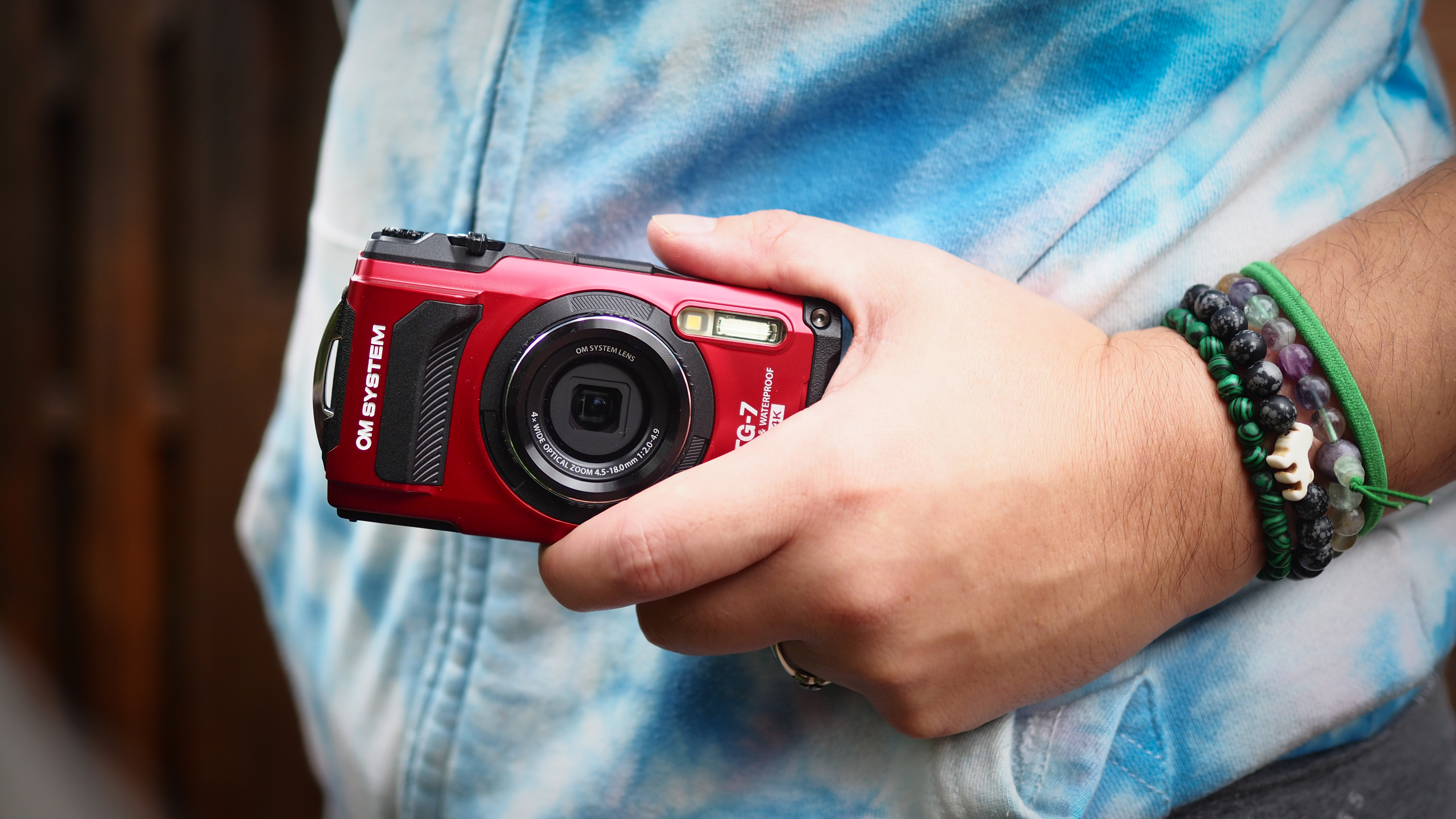
(Image credit: James Artaius)
Having the best point-and-shoot camera is really handy if you don't want to carry anything heavy or fiddle around with complicated settings. I think of them as "glovebox cameras" or "handbag cameras" – for when you want to take a quick photo of something with better quality than your phone, but without the hassle of your "proper camera"!
The phone comparison is an important one. After all, a good phone is inherently going to be one of the best point and shoot cameras you can get! So if you're going to carry something extra, it's really got to be worth bringing with you. That can be a great optical zoom, ultra-rugged build quality, and even 35mm film or instant film prints!
Personally, my top pick is the OM System Tough TG-7 because it's waterproof, virtually indestructible and takes stunning photos (especially macro) that my phone can't dream of. But I've picked a variety of options on this list, whether it's the budget-friendly Gen Z-favorite Kodak compact or a point and shoot film camera.
But any of these great point-and-shoot cameras make a great imaging device to toss in your glove compartment, tote bag, or jacket pocket.

I've been using point and shoots since the 1980s (and still have flashbacks to dropping my Kodak Instamatic off a cliff in Tunisia!). I always keep one of the best point and shoot cameras in my glove compartment or by my front door, so I can grab a snap at a moment's notice – or give them to a relative to take a photo without having to explain all the settings!
The Quick List
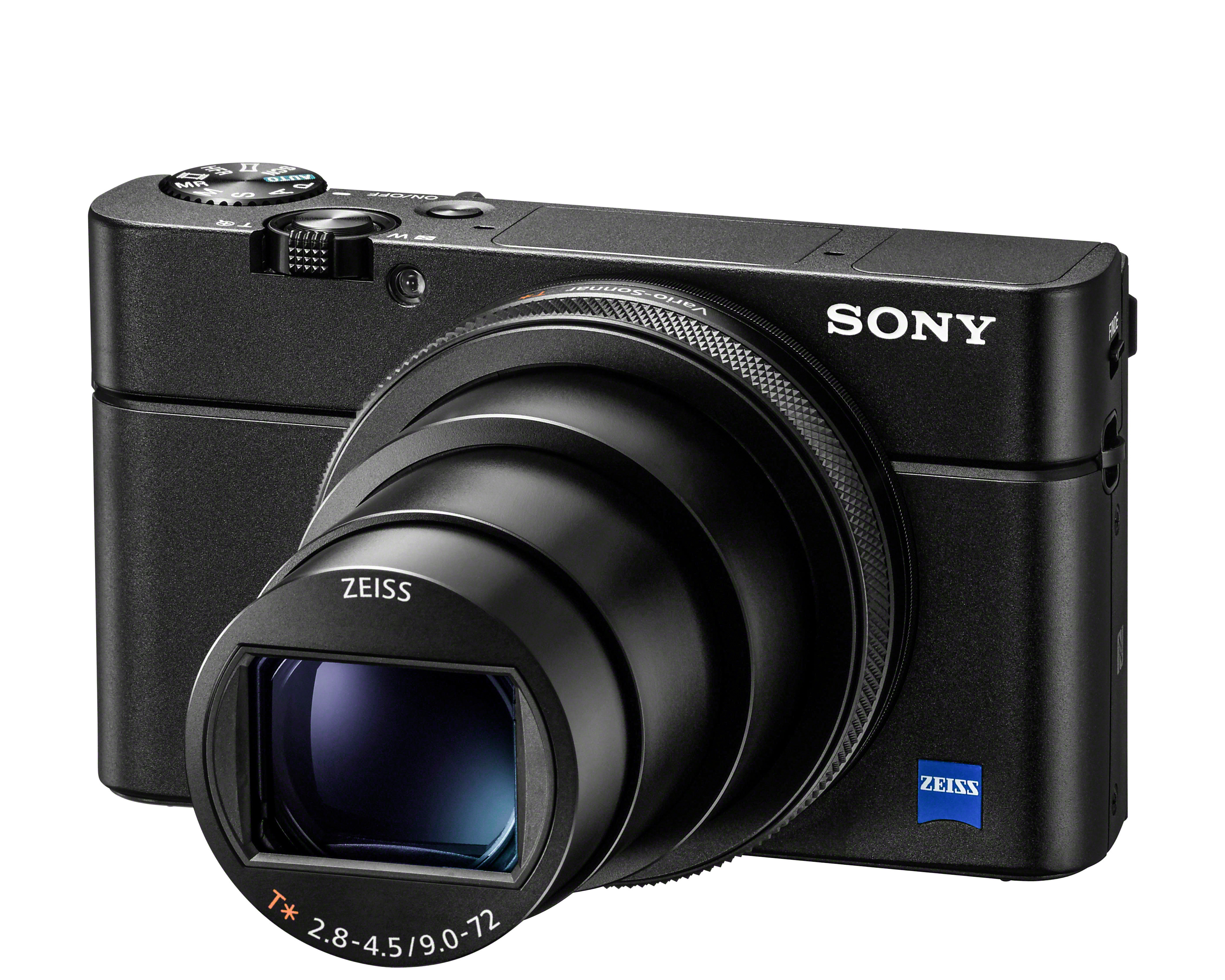
If you're after a camera that delivers high-resolution photos and video, the RX100 VII does it all. It might be the most expensive on the list, but its high price tag reflects its advanced features and image quality.
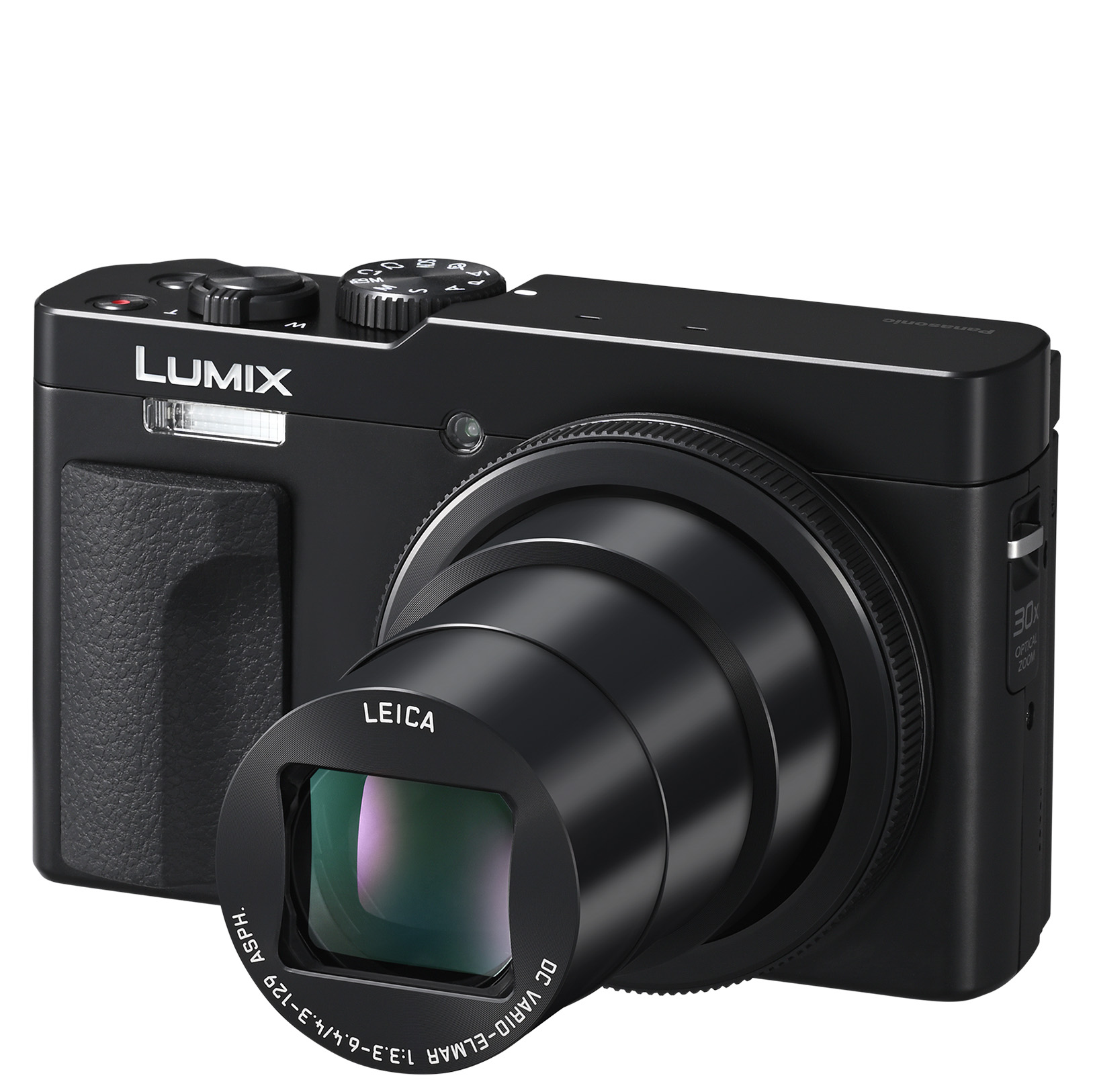
If you want a camera that can take decent images at long range, and still fit in your pocket, this is the one for you. It has an incredible 30x zoom range.
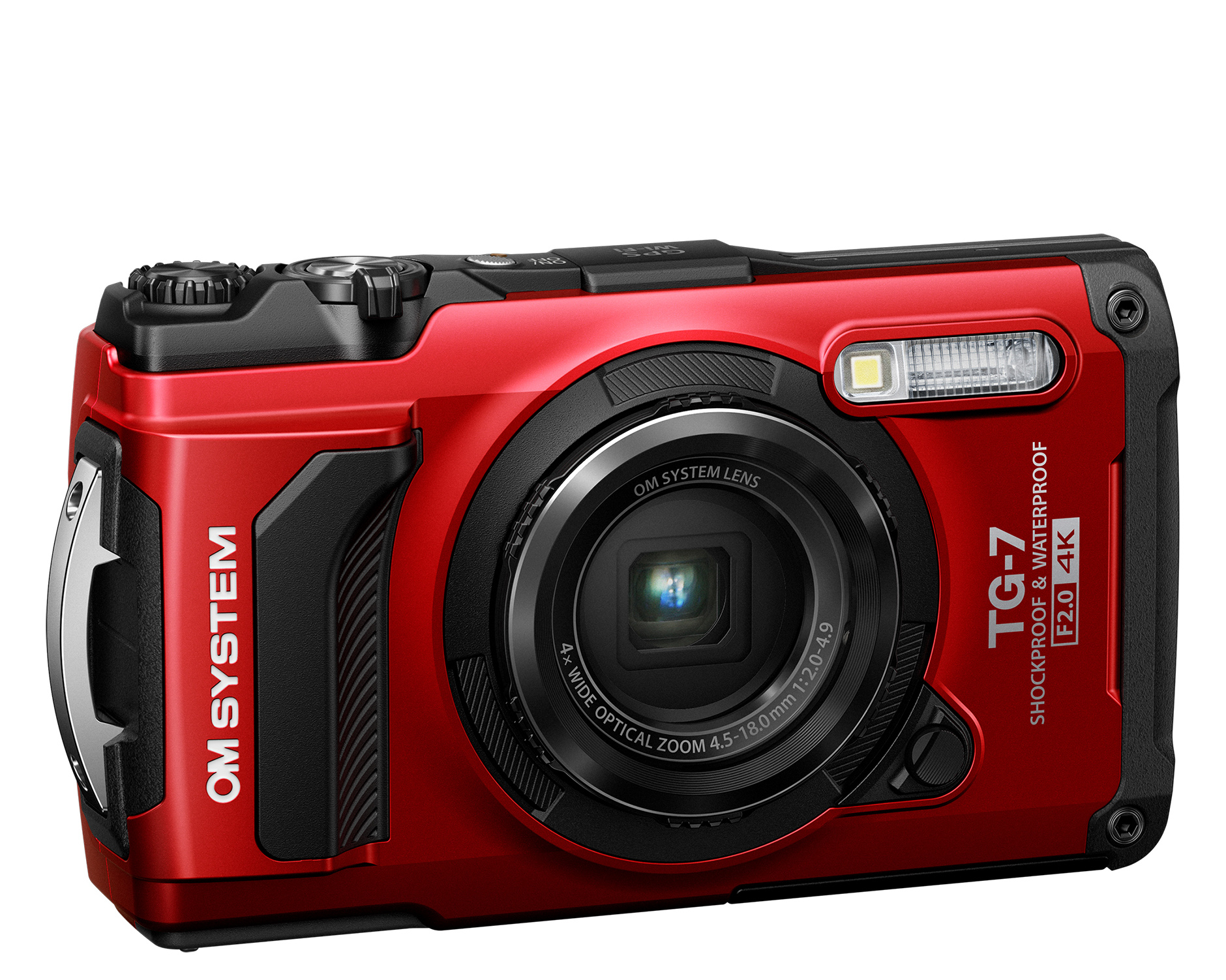
The Tough TG-7 is not only the most waterproof and everything-proof camera out there – its image quality, especially on the brilliant built-in macro modes, is sensational.
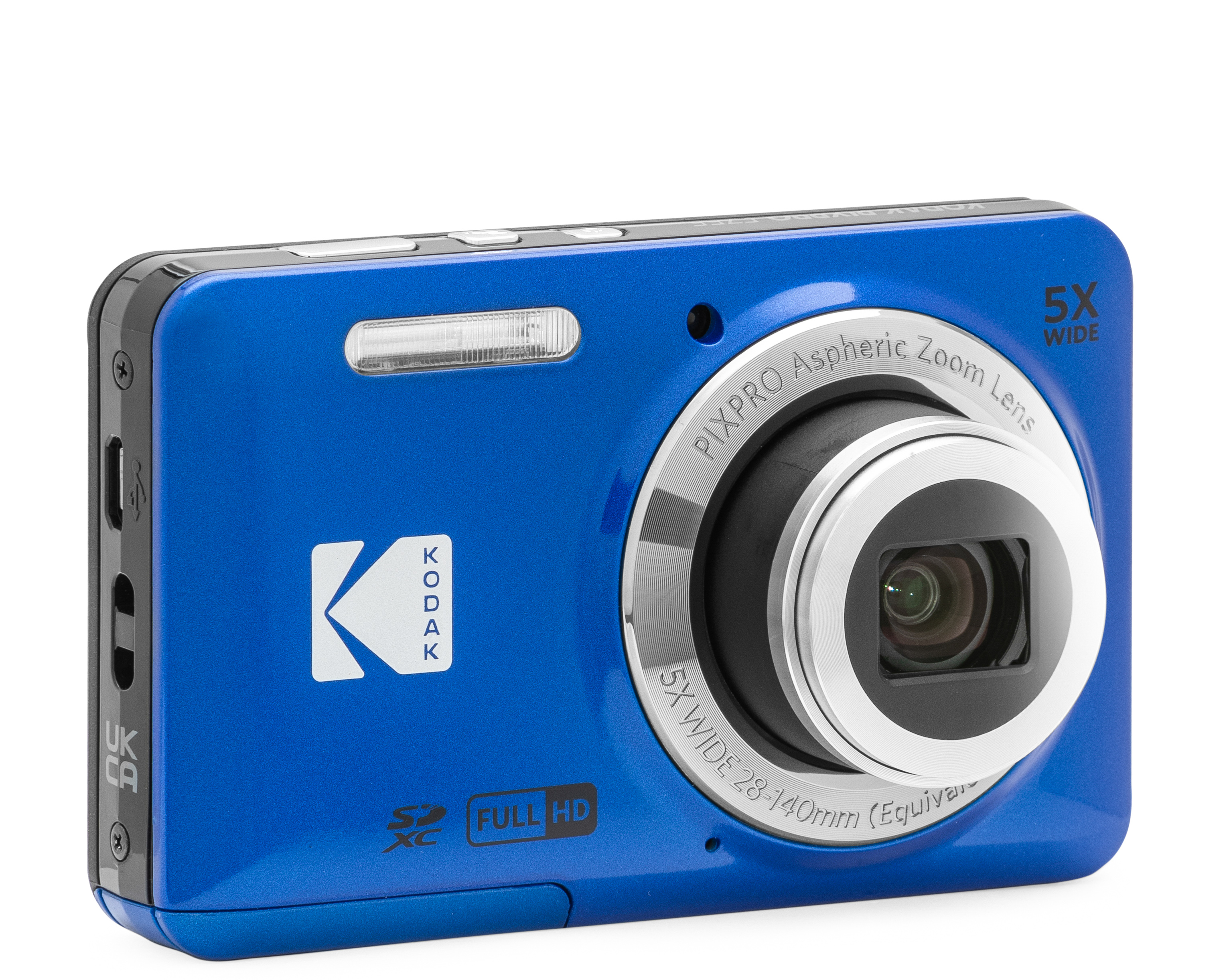
Most point-and-shoot cameras are not that affordable, but Kodak does a great job of providing options at truly budget prices. The mini FZ55 packs in a 5x zoom to give you great control over framing at a super-low price.
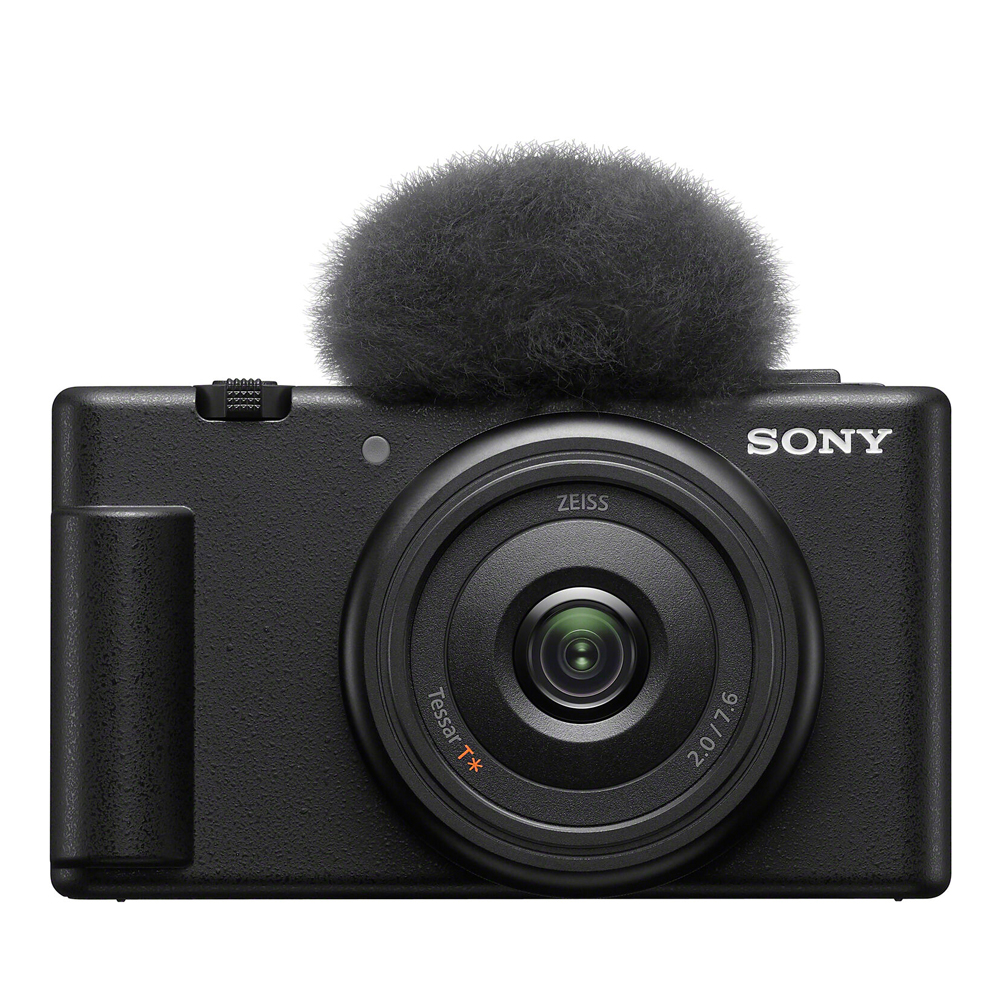
This Sony is designed to be perfect for vlogging, but is also small enough to fit in your pocket. There's a fixed wide-angle lens, but you get a flip-out screen to make selfies simple.
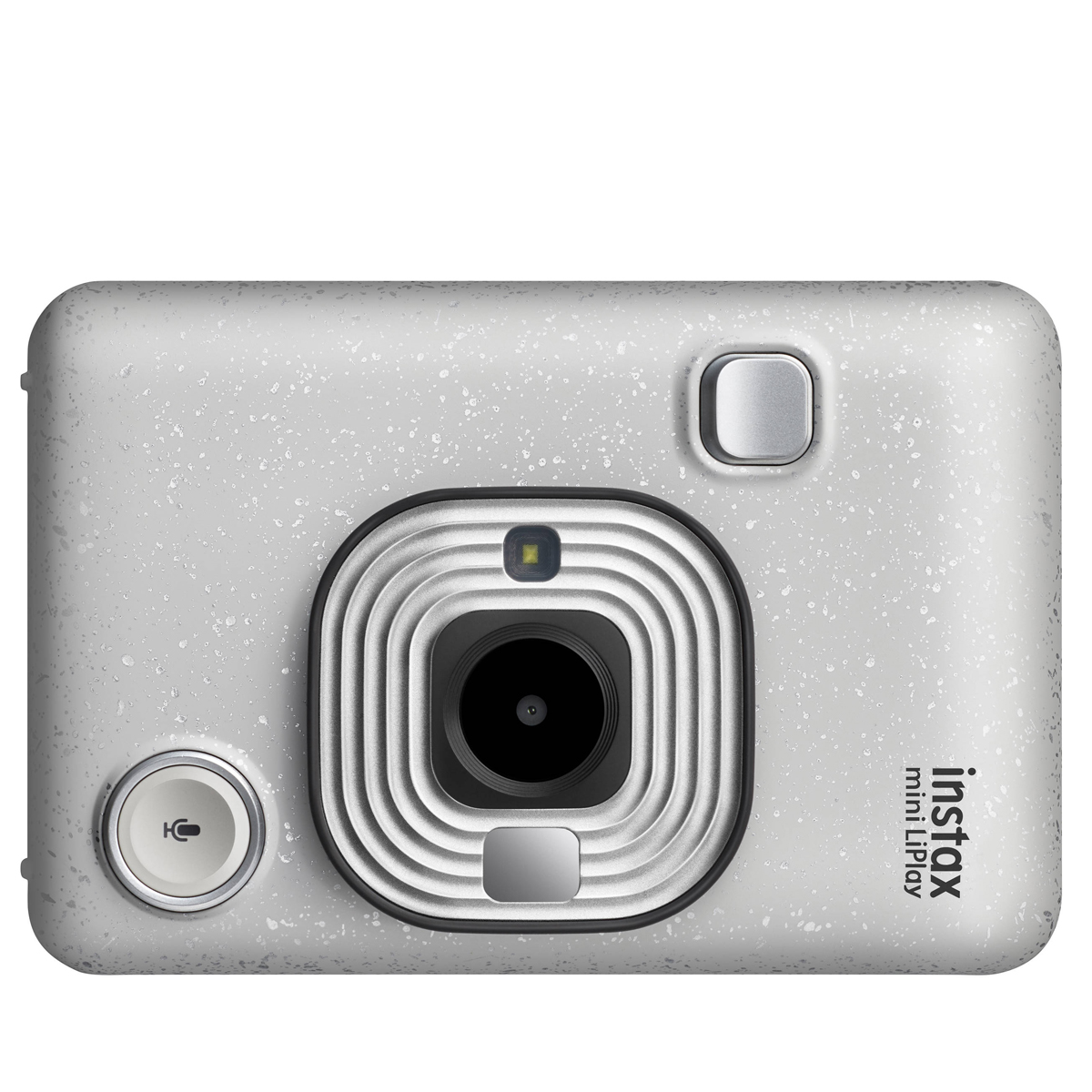
This digital camera also has a photo printer built in, to give you the best of digital and analog photography.
View the full list...
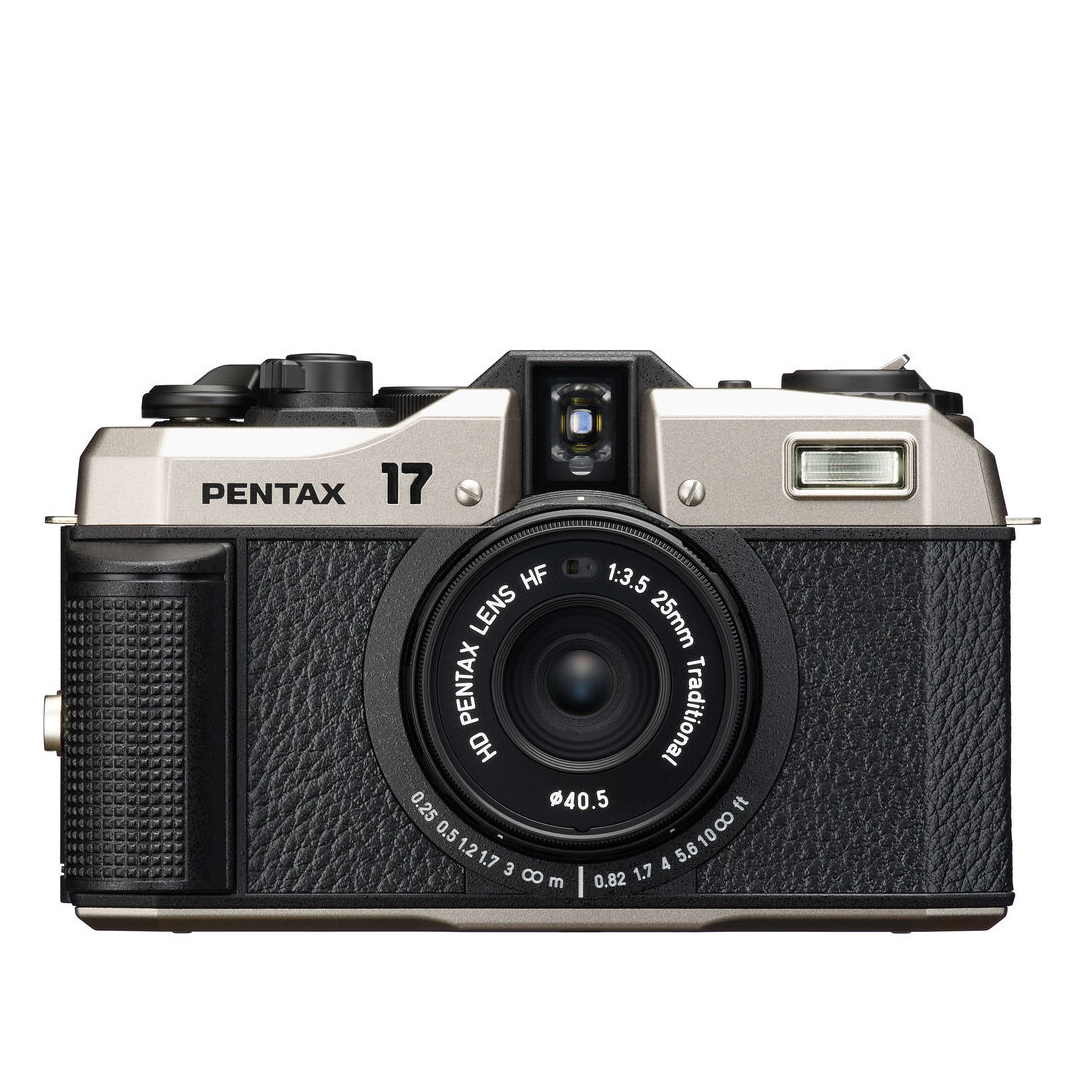
Film cameras are increasing in popularity - and this brand new Pentax model offers a retro charm that is hard to resist. It uses the half-frame format - doubling the number of shots you get from a 35mm film, to give you vertical images by default.
Best point and shoot cameras
Why you can trust Digital Camera World
Best point and shoot camera overall
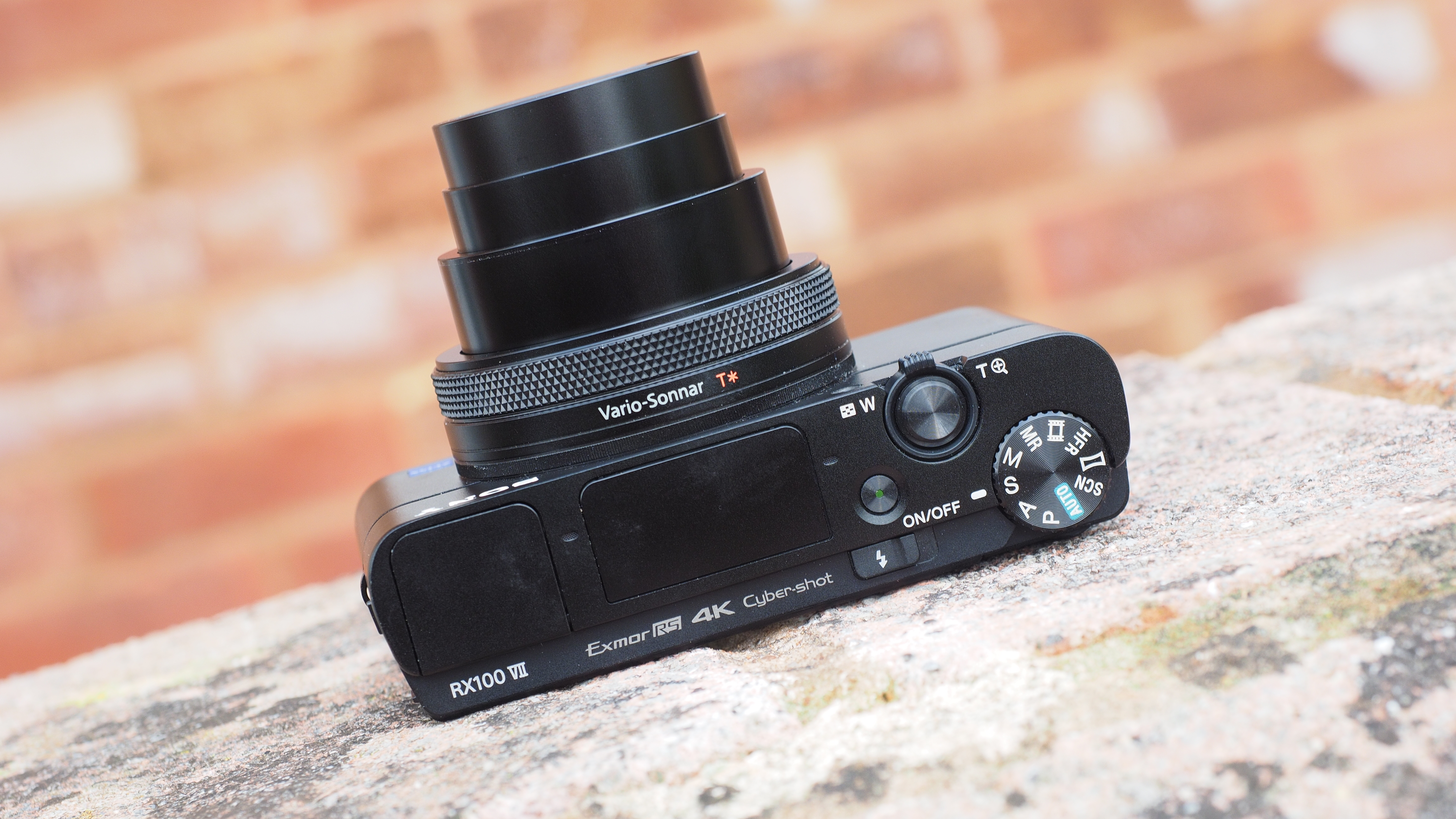
Specifications
Reasons to buy
Reasons to avoid
✅ You want an EVF: with a 2.36 million-dot EVF, you can be sure to make great compositions.
✅ You want stills and video: 20MP stills and 4K video means this has it all built into one - perfect for travel.
❌ You're on a budget: This is an expensive camera by point-and-shoot standards.
❌ You want simple: the controls can be tricky to due to its small size.
While the RX100 VI costs more than most cameras on this list (and more than some of them combined!), we couldn’t leave it out for the simple reason that it's pretty much the best there is.
As the name implies, the VII is the seventh iteration in a series that Sony has been perfecting for many years, providing an exceptional blend of image quality and portability. Features includes a one-inch 20MP sensor, a 28-200mm zoom lens, 20fps burst shooting (with up to 90fps in Single Burst mode), phase detection autofocus with human and animal Eye AF, 4K 24/30p video, and a pop-up 2.36 million-dot electronic viewfinder…
It’s all here, and housed in a camera small enough to pop into your pocket – provided you don’t mind a few of the controls being a little fiddly to use. And it all comes with a reassuringly expensive price tag! If you like the sound of the RX100 VII but are put off by the cost, check back through previous models in the Sony RX100 series – they are all very good, and most are popular enough to still be in production.
Read more: Sony Cyber-shot RX100 VII review
Best point and shoot zoom camera
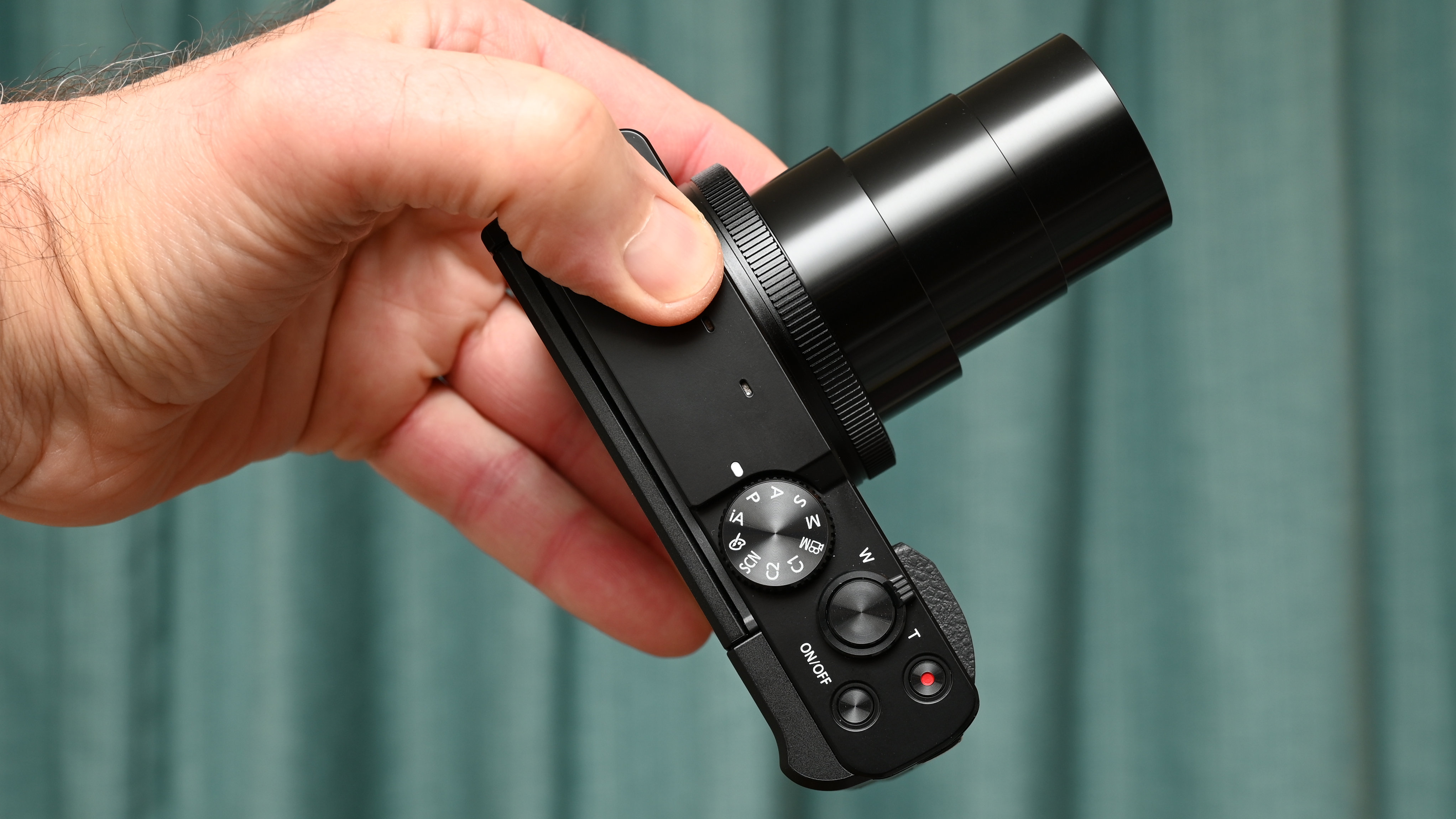
Specifications
Reasons to buy
Reasons to avoid
✅ Want a decent zoom: From 24-720mm, this covers all the zoom ranges you need.
✅ You want speed: With 10fps, you can be sure to capture the action as it happens.
❌ You want a great-looking camera: This looks a utilitarian camera - and is retro only in that it looks like an old design
❌ You want great image quality: the small 1/2.3in sensor is capable of mediocre images at best
If you're after a point-and-shoot camera with incredible zoom capabilities, look no further than the Panasonic Lumix ZS99 (TZ99 outside of North America) with its focal range equivalent to 24-720mm on a full-frame camera! It has a 20.3MP, 1/2.3-inch sensor and an LCD screen that can be flipped to face the front, making it perfect for selfies. What we really love is that, unlike bridge cameras with bigger zooms, this is a camera you can fit into a coat pocket - and the long focal lengths are usable as you get image stabilization
It has a maximum continuous burst shooting rate of 10fps, and it can also film video in 4K. The image quality and autofocus performance on this camera is pretty good, but you must bear in mind that the small sensor is always going to limit the resolution and definition for this type of camera. Zoom compacts of this type have been in short supply recently - due to their renewed popularly. But here Panasonic has refreshed an old design to appeal to this market - so hopefully will be easy to find as it appears in the shops from early February 2025.
Read more: Panasonic Lumix TZ99 / ZS99 review
Best waterproof point and shoot camera
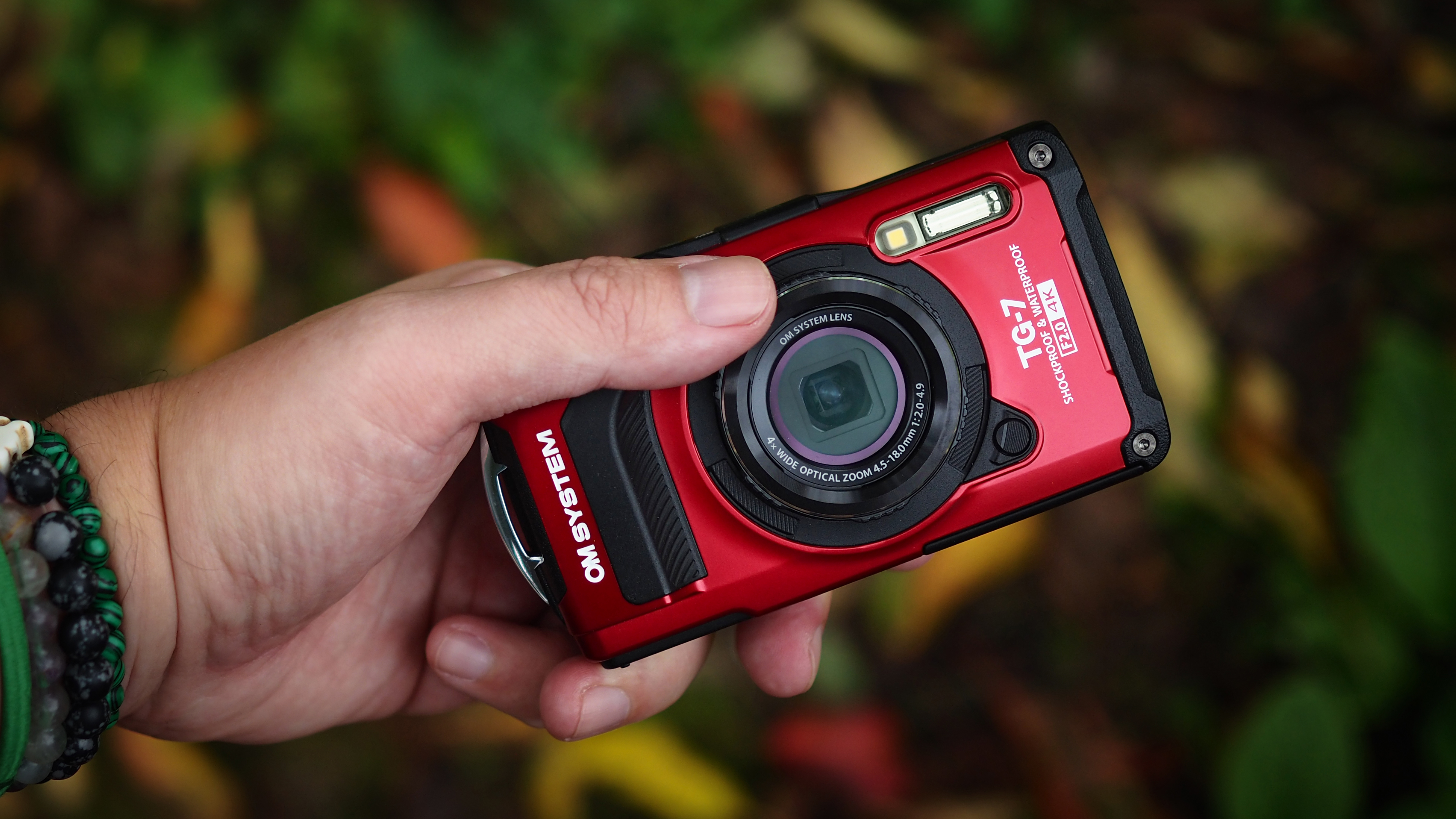
Specifications
Reasons to buy
Reasons to avoid
✅ You want GPS: With its built-in GPS, you can geotag your shots to remember all your fantastic holiday memories.
✅ You want a zoom function: With a 4x optical zoom, this is the perfect camera to take to the beach or into the ocean and always get the shot.
❌ You want something new: This is practically the same as its predecessor, the Olympus Tough TG-6.
This camera is exactly what it says on the tin: tough. I've used the OM System TG-7 and its predecessor, the near-identical Olympus Tough TG-6, in some seriously challenging conditions. I've used it in the middle of the Spanish desert in blistering heat; I've taken it on sub-zero hikes in the British winter; I've shot with it under the sea in Greece; and I've thrown it on the ground as hard as I can. It can basically shoot anywhere and everywhere! It even has a built-in GPS that logs where you are – and at what altitude and temperature – when you take your shot.
Its 1/2.3-inch sensor might be smaller than some, and its 12MP resolution is certainly less than most. But fewer pixels means that each one is larger on the sensor and captures more light – so this is a great performer underwater, where light quality is poor. It has a built-in flash and LED lamp to provide its own illumination above or below water. It shoots Raw, too, and rattles off shots at up to 20fps.
Lenses on other cameras have a greater zoom range, but the Tough TG-7's 25-100mm zoom, with an aperture of f/2 at the wide end and f/4.9 at maximum zoom, gives a good working range. What's so special here, though, is that a macro mode is built in – so you can take incredible close-up photos or 4K video. Because it can shoot anything, anywhere, regardless of the weather or conditions, this is the point-and-shoot camera I always take with me if I leave my mirrorless at home – and I never regret it.
Read more: OM System Tough TG-7 review
Best budget point-and-shoot camera

Specifications
Reasons to buy
Reasons to avoid
✅ You're on a budget: Nothing else comes close to how cheap this is for the specs.
✅ You want a compact size: It’s the smallest on this list, and easily pocketable.
❌ You want a long zoom: It only has 28-140mm, which is OK, but not amazing!
❌ You want wireless connectivity: You will have to rely on a card reader or cable to transfer images to your computer, and then to your phone.
There are very few manufacturers left making really affordable point-and-shoot cameras - but Kodak is the exception, with a range of compact models at every price point. The FZ55 is about the cheapest available - and a fraction of the cost of most of the other models in this guide.
At this price, we didn't expect miracles - and when we tested the FZ55, we didn't see any. However, the photos it produces are more than acceptable. And the key attraction is that this has a built-in 5x motorized zoom - so the FZ55 has more telephoto firepower than you can get from a budget camera phone, and for less money.
We also feel that this camera offers a good helping of retro charm - giving us fond memories of pocket cameras that were popular at the start of the digital imaging revolution around 20 years ago.
Read more: Kodak Pixpro FZ55 review
Best point and shoot camera for video recording
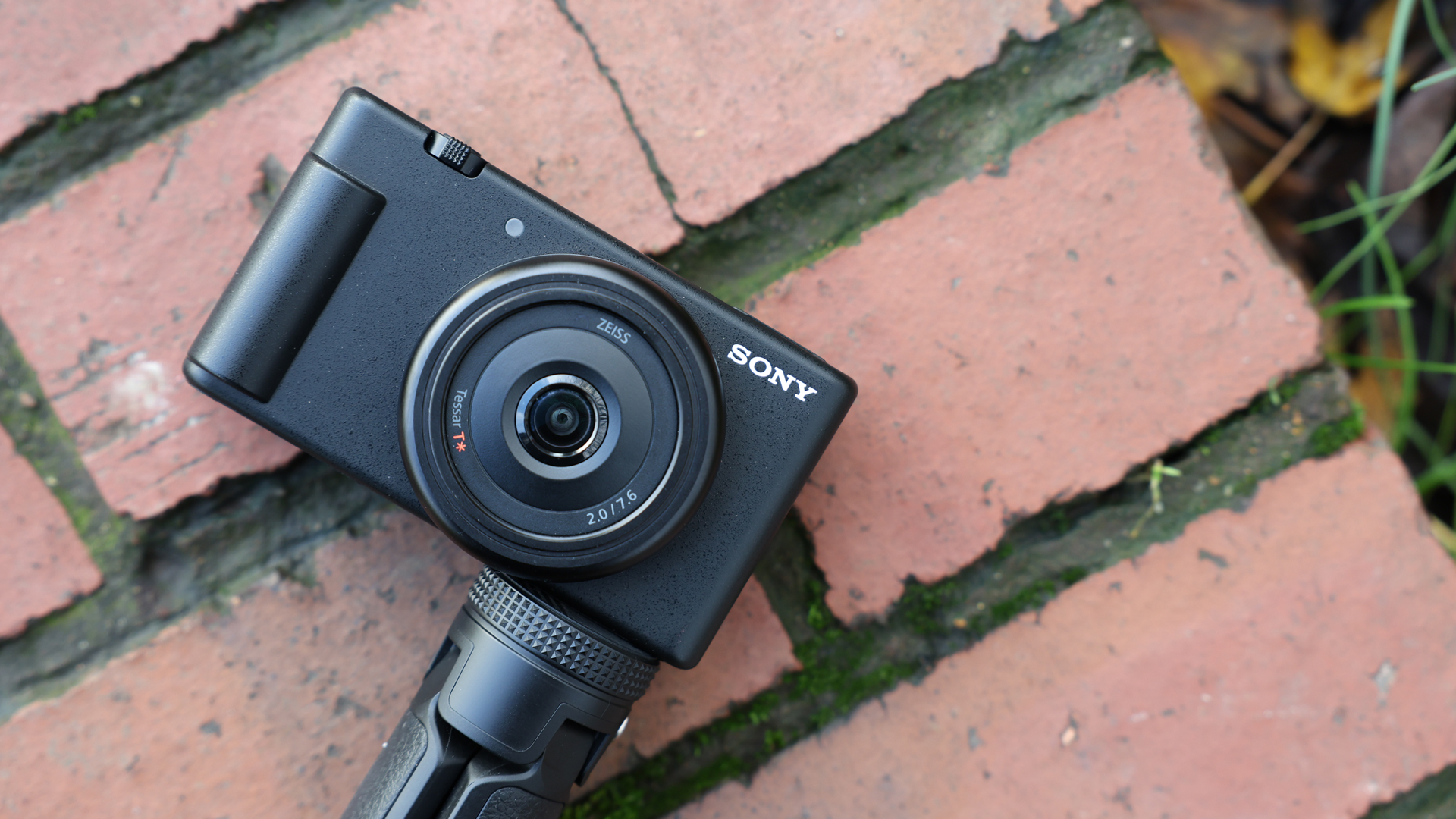
Specifications
Reasons to buy
Reasons to avoid
✅ You want a vlogging camera: Built to vlog, this is one of the best options out there.
✅ You want a good all-in-one: With 4K video and 24fps, plus 20MP still images, this is a good all-in-one camera.
❌ You want a zoom lens: With its fixed 20mm f/2 lens, you won't be zooming in on any wildlife anytime soon.
OK, so hear me out: yes, the Sony ZV-1F is technically a vlogging camera rather than a point-and-shoot – but it does have a lot of the same qualities. It's lightweight, compact and can fit in your pocket; it's incredibly easy to use; it has a handy flip-out screen so you can easily take selfies and the larger 1-inch sensor makes it better suited to low-light conditions than other models on this list.
The fixed 20mm f/2 lens might be a little limiting – but in some ways, I'd say it will force you to think more about the composition of the image and, in turn, make you a better photographer. It may not have the best stabilization system, but speedy eye autofocus and a max continuous burst speed of 24fps make up for it. It's a definite jump up from shooting on your phone and perfect for taking on holidays, day trips or nights out.
Point and shoots are getting harder to come by these days since camera phones are generally so powerful, but you will notice a big leap in your image and video quality with the ZV-1F.
Read more: Sony ZV-1F review
Best point and shoot camera for instant prints
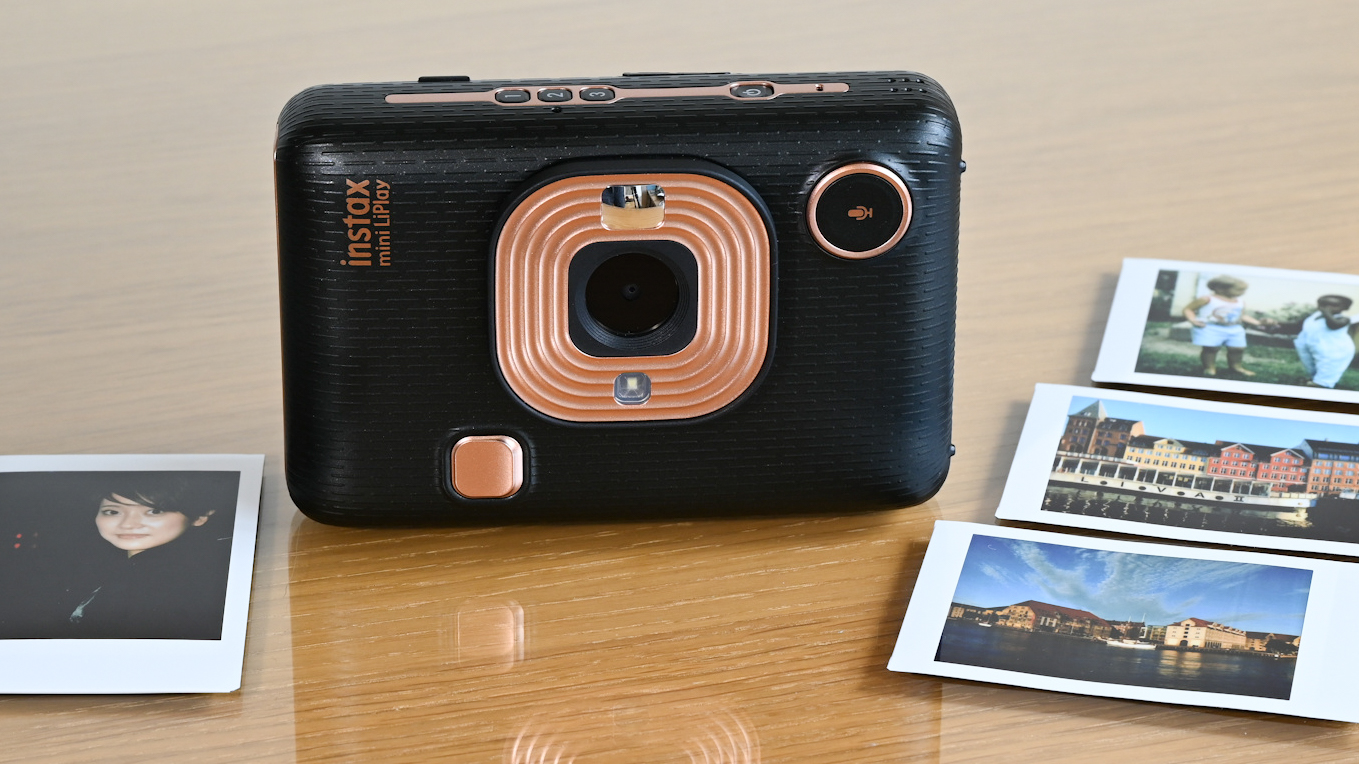
Specifications
Reasons to buy
Reasons to avoid
✅ You want prints: This camera gives you instant prints and digital copies.
✅ You want a smart pocketable camera: This hybrid camera looks stylish.
❌ You want a zoom: This has a fixed wide-angle lens.
❌ You want the best image quality: The digital sensor is small, so resolution is not great.
This is a left-field choice for a point and shoot camera, as it doesn't just shoot digital images. This hybrid 'digital instant camera' design also allows you to take instant prints – like on popular Instax cameras. But what makes the LiPlay more appealing is that you can pick and choose which of your images you actually print - so you don't have to pay for the duff ones. You can also make multiple copies of the best ones, or even use the device to print images from your phone.
This is still a very pocketable price, but the camera's specifications are quite basic. The sensor resolution is just 4.9 megapixels, but that is more than adequate for the 1.8 x 2.8-inch Instax Mini prints it produces. The camera stores up to 45 images internally, but you can use a microSD card if you need more.
Read more: Fujifilm Instax Mini LiPlay review
Best point and shoot film camera
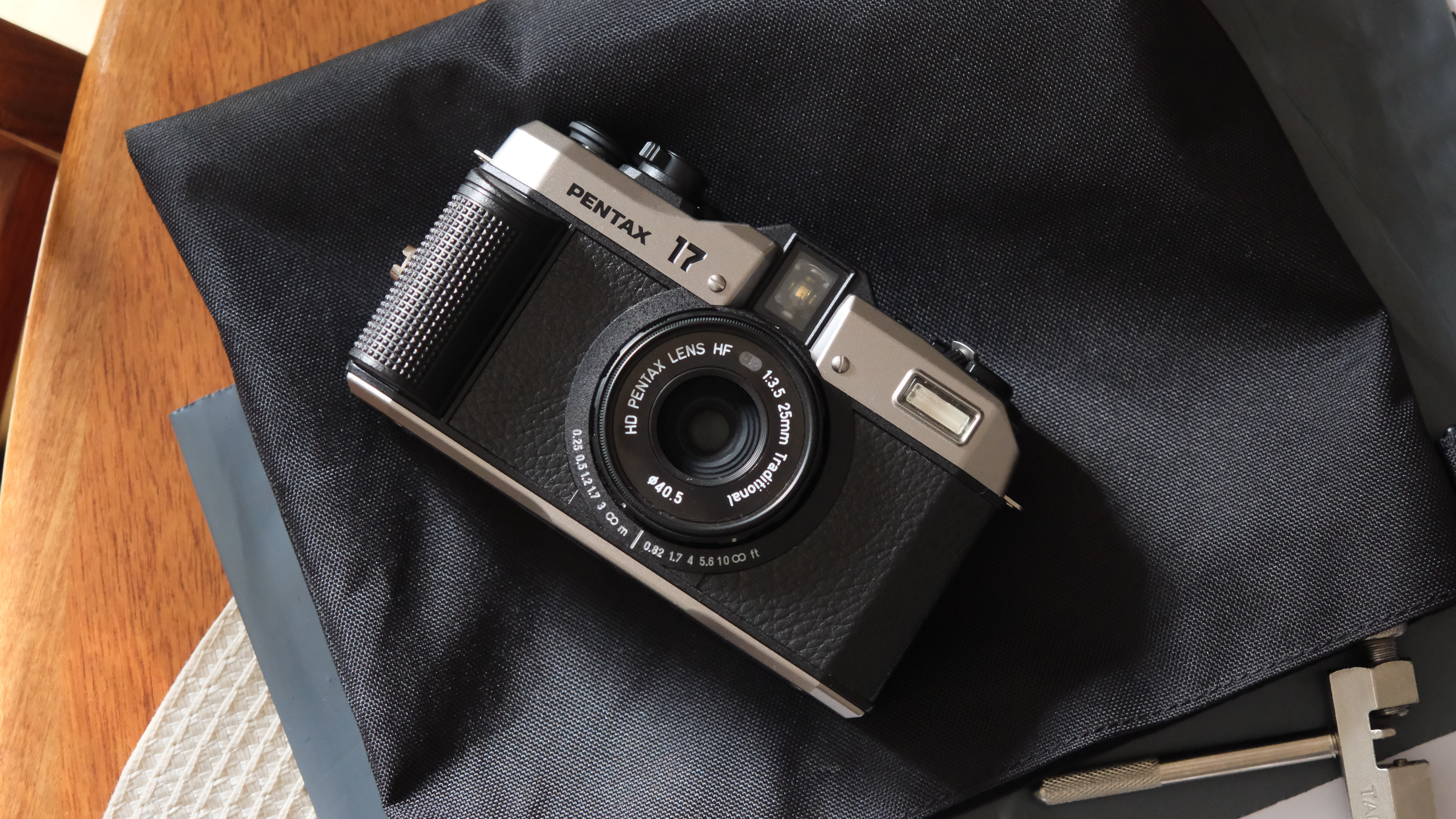
Specifications
Reasons to buy
Reasons to avoid
✅ You love the film look: film is back and more popular than ever, and the Pentax 17 is one of the best (and only) new film cameras on the market.
✅ You want easy and consistent results: The Pentax 17 is incredibly easy to use and achieves incredible results from its half-frame format.
❌ You don't want additional expense: ongoing cost of film can add up, especially as it gets more popular and harder to come by – and don't forget about processing.
❌ You want a cheap camera: this is quite an expensive camera and you can get many of the far more advanced digital cameras on this list for less money.
The Pentax 17 is a film camera that marks a significant milestone as the first new film camera released by a major brand in over two decades – and the inaugural camera from Pentax's film project. Boasting minimal manual controls, the Pentax 17 is tailored for those who prefer a simple and fuss-free point-and-shoot experience.
I found the camera incredibly straightforward and could jump immediately into using the camera. There is a fully automatic mode if you want the camera to take care of everything, or for a little more control there are a few options for shooting with flash on or off, exposure compensation, or using a long exposure. However, I was a little frustrated when I sought to occasionally use a little more creative freedom, as the camera keeps any control over more advanced features to a minimum. This is very much a point-and-shoot experience.
Skeptics of the half-frame film format will be pleasantly surprised by the camera's unassuming lens, which I found delivered remarkably sharp results and consistent focus across its manually selectable zones. Also, the use of a half-frame format enables a wallet saving 72 images on a single 36-exposure film roll, effectively maximizing the value of each roll. The 17's exposure system also consistently delivered outstanding results, which ensured the highest percentage of usable photos I have got from a film camera's exposure system – which is a huge advantage in fighting the escalating costs associated with film and development.
The design looks great and aims to seamlessly marry nostalgic charm with some modern functionality to cater to both seasoned film enthusiasts and newcomers to analog photography. However, the big downside is this doesn't come cheap, and the Penatx 17 is quite expensive for what it is. Compared with more advanced digital cameras, you can get so much more for your money – except for that genuine film look.
Ultimately, the Pentax 17 strikes a good balance between simplicity and performance, making it an appealing choice for both casual and serious photographers venturing into film photography without the complexity of fully manual cameras.
Read more: Pentax 17 review
FAQs
Are point-and-shoot cameras better than phones?
Now that smartphones produce such good-quality images, you might wonder why you'd bother investing in a point-and-shoot – but there is a massive difference in image quality. Even the smallest sensors in the cheapest point-and-shoots are usually physically bigger than the tiny sensors in your smartphone. Features such as built-in flash will also be much better quality than a phone flash, and the zoom will cover a bigger range.
If you are looking for a really high-end point-and-shoot, check out our guide on the best compact cameras, where we cover more advanced and more expensive models, which have larger sensors to deliver a superior image quality.
What should I look for in a point-and-shoot camera?
Cheap and simple
Even the most basic point-and-shoot cameras offer better image quality and more zoom capability than your phone. They might not have some of the more advanced features of more expensive cameras, but they're affordable and will get the job done.
Waterproof
Whether or not you're an outdoorsy person, a waterproof camera is a great option, as they're more robust and can be used near water or in the rain without any qualms. They're great for beach holidays, using by the pool, or taking on adventures, as they are rugged enough to handle getting dropped.
Sensor size
Point-and-shoot cameras have smaller sensors than you find in mirrorless or DSLR cameras, which allows them to be housed in a pocket-sized shell and often offer you a built-in zoom. The best point-and-shoot cameras have a so-called 1in or Type 1 sensor - which measures 13.2 x 8.8mm. Other point-and-shoot models in this guide (which are cheaper, or have longer zooms) have a smaller 1/2.3in sensor, which measures 6.17 x 4.56mm. The bigger the sensor, the better the image quality will be – and the better the performance will be in low light. Some compact cameras have even bigger sensors - check out our guides to the best full-frame compacts and the best APS-C compact cameras.
Longer zooms
One of the advantages of point-and-shoot cameras with a smaller sensor is that often they have longer zoom ranges. Most basic cameras will have a zoom range of 3-5x, but some of the more expensive models will give you a 30x optical zoom. These larger zoom ranges are great for taking on holiday, when you might want to photograph objects in the distance.
How we test point and shoot cameras
We test point-and-shoot cameras in real-world conditions - using the camera to shoot images in a range of different lighting conditions to see how they perform. Our reviewers have collectively tested hundreds of different models - and benchmark performance against results from current rivals and previous models. We pay particular attention to overall image quality and the detail captured in particular. These cameras are designed to be easy to use, and portable, so we also pay special attention to the ergonomics and handling of each of the models we test.
Find out more about how we test products at Digital Camera World
Get the Digital Camera World Newsletter
The best camera deals, reviews, product advice, and unmissable photography news, direct to your inbox!

James has 22 years experience as a journalist, serving as editor of Digital Camera World for 6 of them. He started working in the photography industry in 2014, product testing and shooting ad campaigns for Olympus, as well as clients like Aston Martin Racing, Elinchrom and L'Oréal. An Olympus / OM System, Canon and Hasselblad shooter, he has a wealth of knowledge on cameras of all makes – and he loves instant cameras, too.
